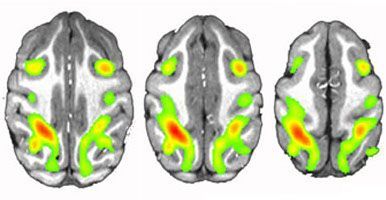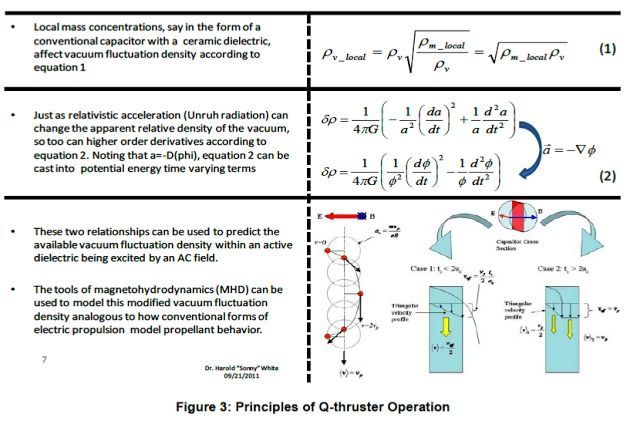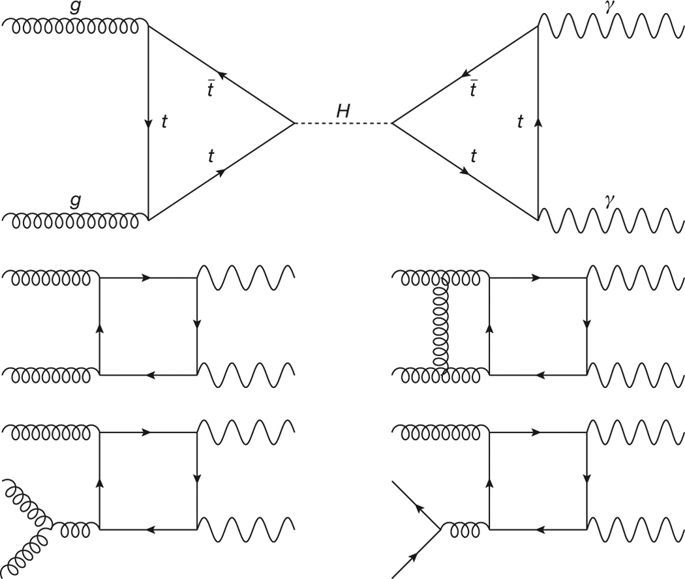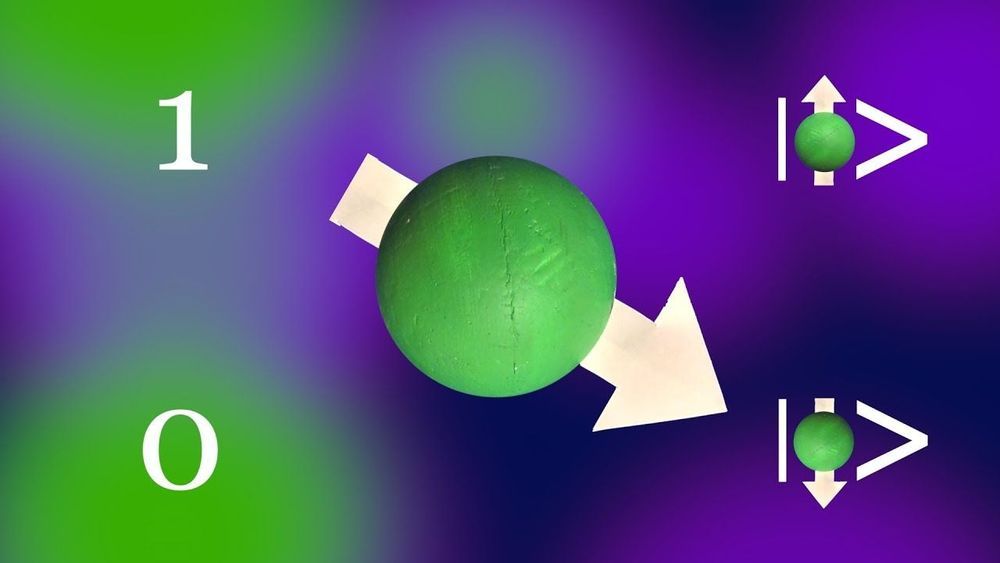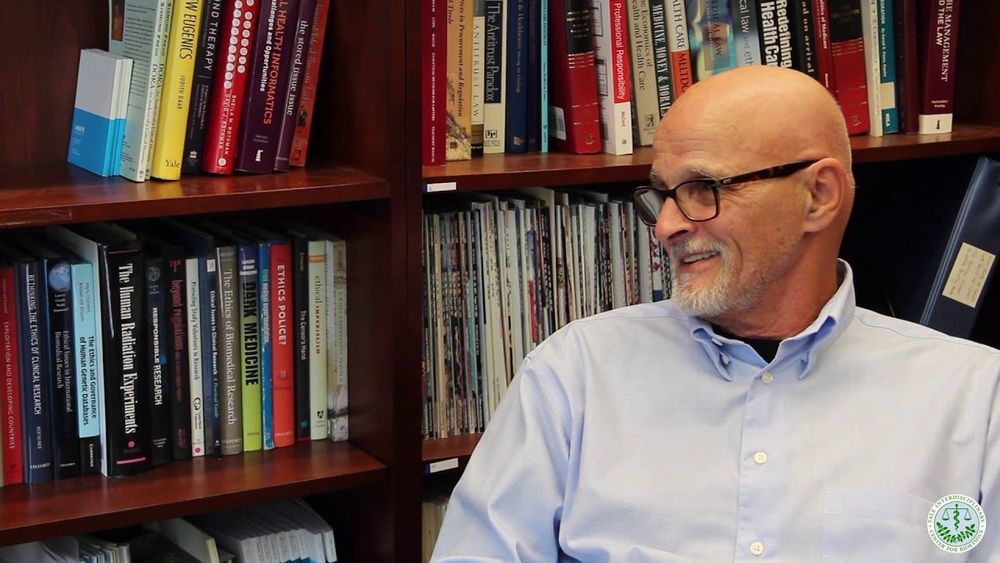Feb 21, 2020
Epidemics like coronavirus are putting a spotlight on contactless biometrics
Posted by Carse Peel in categories: biotech/medical, business, economics, health, privacy
This is a guest post by Mohammed Murad, vice president, global sales and business development, Iris ID.
The world is in the grip of a coronavirus epidemic the impact of which extends well beyond people’s health, including more than 1,300 reported deaths. The fear of this recently identified disease has closed businesses and grounded thousands of flights. The impacts have led to estimates of reduced economic growth in many countries.
While the virus that was first discovered in a Chinese province has killed far fewer people than influenza this year, the fatality rate has people worried. Influenza reportedly kills between 10 to 20 people per 100,000 infections each year. The death rate from the coronavirus tops 2,300 deaths per 100,000 cases. Those latter statistics change virtually daily as more cases of the virus are reported.

